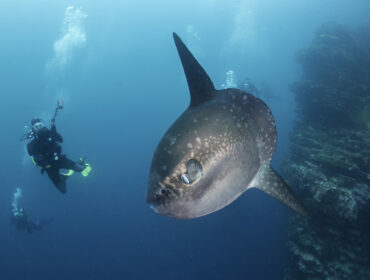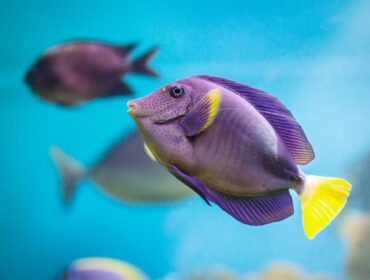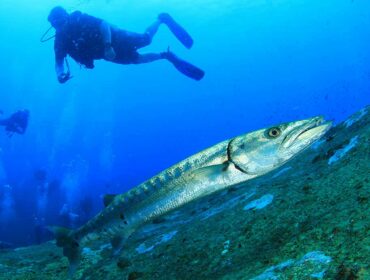It’s only natural to be curious about the biological processes of other species in order to compare them to our own. It helps to understand more about living organisms in general when there are certain traits in common with our own. We know that gas in humans is a byproduct of our digestive systems processing what we put in our stomachs, so surely other animals must have similar functions. So let’s answer the frequently-asked question — do fish fart? — and many more must-know fish facts.
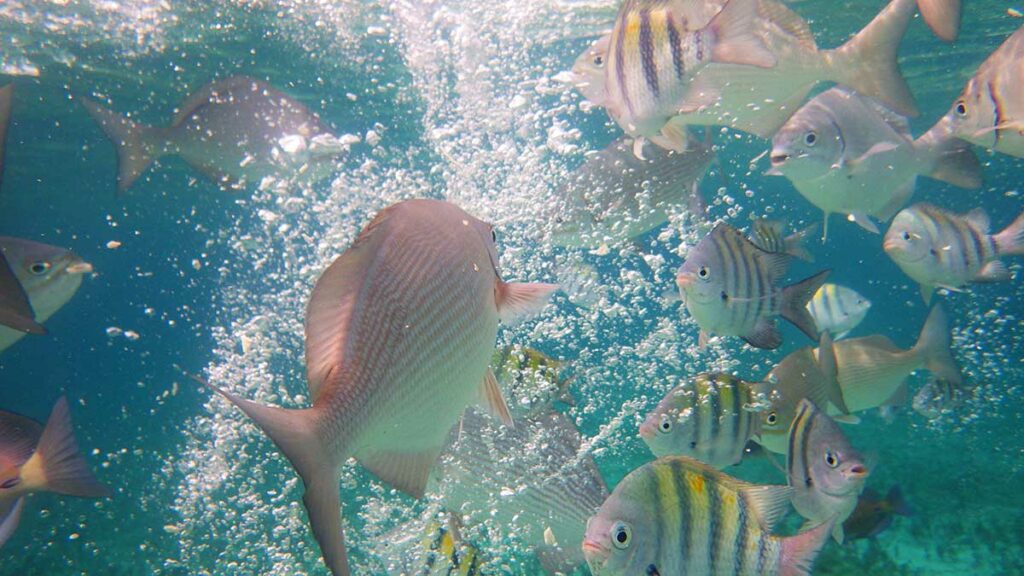
Do Fish Fart?
Fish flatulence may not be one of those most common marine mysteries you are dying to know the answer to, but at the same time it has never failed to create a perplexed look on the recipients face and get everyone thinking…do they?
So do fish fart? Well, the answer depends on your definition of a fart. If you consider farting to be the by-product of digestion (gases) expelled solely through the rear-end, then no, most fish don’t fart (with the exception of herring and sand sharks). Some may say they’ve observed air escaping from the neither region of a fish after they gulped air at the surface, but this isn’t really a product of digestion, so can it be termed a fart?
Most fish do use air to inflate and deflate their bladder to maintain buoyancy which is expelled either through their mouth or gills, which can be mistaken for a fart. For example, sand tiger sharks gulp air into their stomachs at the surface which they then discharge out the back door to attain a desired depth. Is that a fart in the true sense of the word? We’ll let you decide. Experts say that the digestive gases of fish are consolidated with their feces and expelled in gelatinous tubes which fish sometimes eat again. Point being: no farts.
The mysterious herring
In 2003, biologists from the University of British Columbia discovered a bizarre method of communication amongst Pacific and Atlantic herring: what appeared to be, and even sounded like farting. The scientists heard underwater signals at the same time as they observed bubbles coming out of the fish’s rear end.
Upon further research, they discovered that the fish themselves were controlling the bubbles’ release, which was also responsible for the audible sounds accompanying the bubbles. In a genius case of onomatopoeia, the sounds and bubbles were nicknamed FRTs, which stands for Fast Repetitive Tick.
The study produced three findings:
- The more herring in a tank, the more FRTs were recorded. This indicated to the scientists that the herring were indeed using the FRTs as a means of communicating with each other.
- The herring only use FRTs after dark. This meant that this method of communication was viable even when the fish couldn’t see each other in the dark, enabling them to stick together at night.
- Only the herring can hear the FRTs. The signal that herring use to communicate cannot be heard by predators or most other fish, allowing them to stay together in a shoal without risking detection.
So, as it stands, that is the latest on the age old question of do fish fart. Do they release gas in the same manner as humans and other animals do? The answer is no. Do they have farting contests with their friends in large groups? It kind of seems like they do.
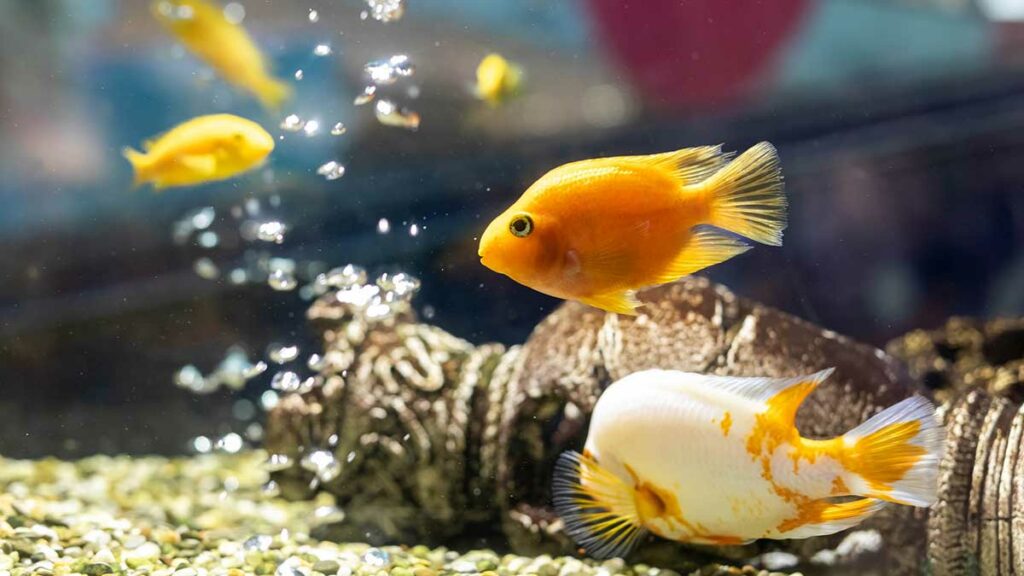
More Wacky FAQs About Fish
How long do fish live?
Some of the smaller reef fish can have a lifespan of a few weeks or months while some other species like sturgeons can live up to 50 years or more. Longevity information is still sparse, but scientists have learned that a lot of species live approximately 10 to 20 years in temperate waters. Animals with some of the longest lives are the Marion’s tortoise (152 years), the fin whale (116 years) and the deep-sea clam (100 years).
How can you tell the age of a fish?
The age of a fish can be determined in two ways. One, by growth “rings” on its scales, and the second, and more reliable method, by the ringlike structures found in otoliths (small bones of the inner ear). The rings correspond to seasonal changes in the environment and can be compared to the annual rings of tree trunks. A series of fine rings are laid down in scales for each year of life in summer, the rings grow faster and have relatively wide separations. In winter, slower growth is indicated by narrow separations between rings. Each pair of rings indicates one year.
Do fish sleep?
It all depends on what you mean by “sleep”. Our dictionary says that sleep is a period of rest in which the eyes are closed and there is little or no thought or movement. That is, sleeping means closing your eyes and resting. The first thing we notice is that most fish don’t have eyelids (except for sharks). Also, while some deep ocean fish never stop moving, a great many fishes live nearly motionless lives and many do so on a regular diurnal/nocturnal cycle, some active by day others by night.
We can’t generalize and say that all fish sleep like we do. But most fish do rest. Usually they just blank their minds and do what we might call “daydreaming”. Some float in place, some wedge themselves into a spot in the mud or the coral, some even build themselves a nest. They will still be alert for danger, but they will also be “sleeping.” Dolphins sleep with one eye open!
What is the world’s largest fish? The smallest?
The largest is the whale shark, which grows to more than 50 feet in length and may weigh several tons; second largest is the basking shark, which may measure 35 to 40 feet long. The smallest fish in the world are the pygmy goby and the Luzon goby, from the Philippines, which are only one-half-inch long when they are full grown. It seldom is longer than a half inch at adulthood, yet is so abundant it supports a fishery.
By considerable measure, the largest known marine mammal and animal on Earth is the blue whale. Mature blue whales can measure anywhere from 75 feet (23 meters) to 100 feet (30.5 meters) from head to tail, and can weigh as much as 150 tons (136 metric tons).


